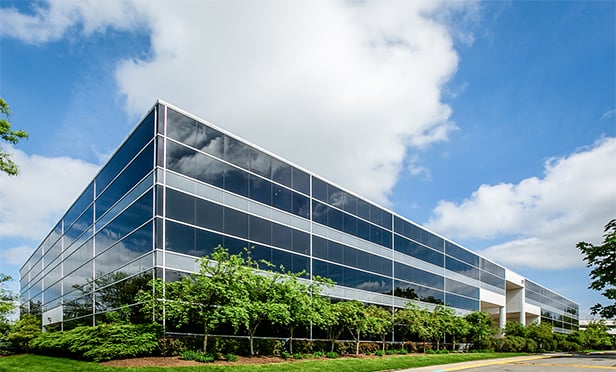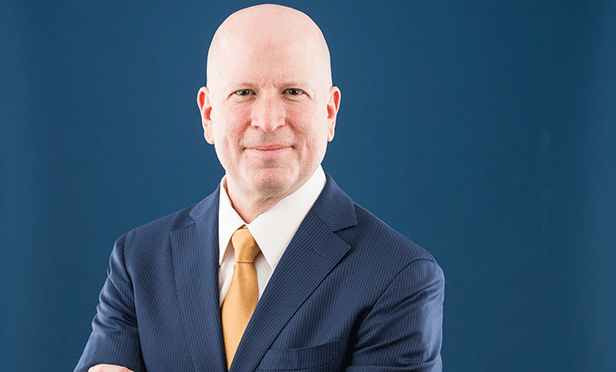
As I outlined in a previous article focused on the role a receiver plays in a partially completed or broken condo project, the first order of business is to secure the site. Once secure, the note to complete holder can then decide whether or not construction. Assuming the decision is made to complete the project, the receiver must focus on three issues: first, the cost to complete, then funding that cost and finally disbursement control. This is where great care should be taken to protect the estate and, of course, the receiver. As a condition precedent to deciding whether to fund the cost to complete, the receiver should retain the services of a construction consultant to provide an accurate estimate of what that expense would be, including both hard and soft costs. Once the cost has been estimated, it's important to have the party funding the completion agree with the estimate. The receiver then needs to retain an architect to draft the plans and specifications in as much detail as possible.
Once drafted, they can be submitted to the contractor so that actual costs can be established. A mistake often made by receivers is to allow the contractor to use allowances for a particular construction line item when the plans and specifications lack the detail to actually cost the item. All too often, the allowance is insufficient to cover the actual cost, in which case the budget will be exceeded. A receiver should never proceed with construction until complete plans are in hand and the contractor has agreed to either a guaranteed-maximum-price or a fixed price construction contract, which is necessary in order to eliminate the risk of cost overruns.
Once a contract is in hand, a receiver may borrow money from any source, although the funds are typically provided by the note holder. Regardless of the source, the debt is evidenced by a Receiver's Certificate of Indebtedness. This document reads just like a promissory note, but with one significant difference.
With a Receiver's Certificate of Indebtedness, unlike a typical promissory note, the receiver is not liable for repayment. Furthermore, it is strongly recommended that prior to borrowing any money, the receiver seek court approval for the debt. Moreover, if all or any portion of the funds are to be spent to protect and preserve the collateral, the court should be asked to characterize the advance as a protective advance. This, under most state laws, grants to advance the same lien priority as the original loan. If the money is to be used to complete the project, rather than just to protect and preserve the property, the advances are generally considered to be obligatory, which also would give the advances the same priority as the original loan. In either situation, it is imperative that the receiver take extraordinary care in properly disbursing the money to the contractor and various subcontractors. Disbursement control assures the receiver that sums will be paid only to various contractors or subcontractors in exchange for lien releases. Further, disbursement control can be imposed directly by the party advancing the funds to the receiver or by the receiver himself. In either case, lien releases are generally conditional, final or unconditional. With a conditional lien release, the subcontractor is agreeing to release its rights to a mechanic's lien conditioned on payment of the sums due. Thus, the receiver should require delivery of a conditional lien release at the time of payment. The following month (assuming the receiver is paying bills monthly), before any other sums due are paid to the subcontractor, it should be required to provide an unconditional lien release. That release, which must be for the prior month's payment in which the subcontractor acknowledges this payment, unconditionally releases its mechanic's lien rights. At this point, the receiver is well positioned to supervise the completion of the condo project properly.
GlobeSt.com News Hub is your link to relevant real estate and business stories from other local, regional and national publications.
© 2025 ALM Global, LLC, All Rights Reserved. Request academic re-use from www.copyright.com. All other uses, submit a request to [email protected]. For more information visit Asset & Logo Licensing.







